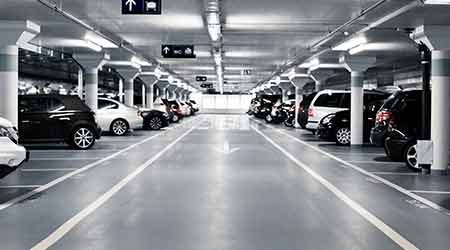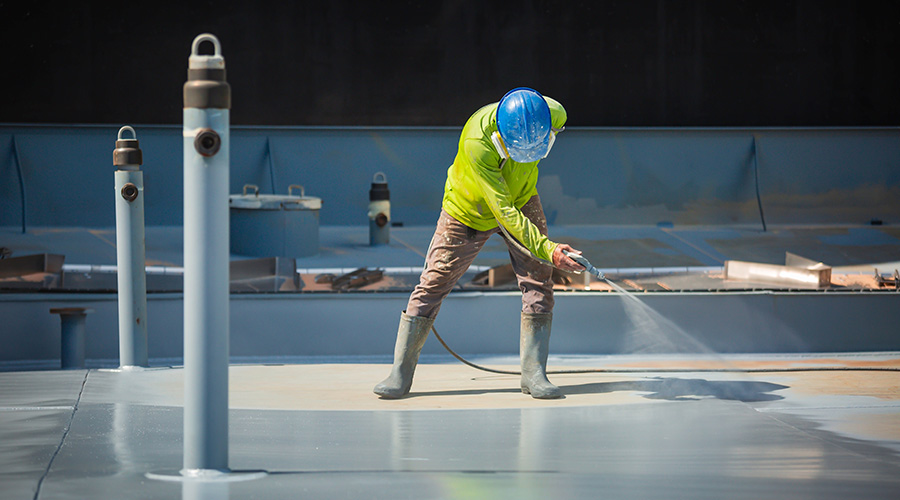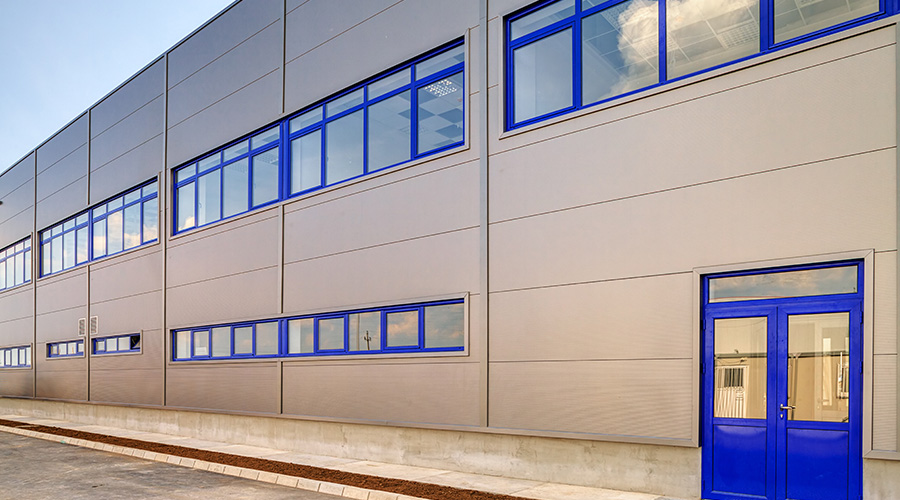 Protecting tough surfaces means conducting inspections, understanding condtitions and applying the right coatings.
Protecting tough surfaces means conducting inspections, understanding condtitions and applying the right coatings.Concrete Maintenance: Sidewalks and Drive Aprons
As high traffic areas, sidewalks and drive aprons, require a lot of maintenance to keep the surfaces functioning properly. Applying the right coating can help that process.
Part one of a four part series
To the average person, concrete is a symbol of strength and endurance. Because of its durability, concrete has become one of the most widely used materials in institutional and commercial facilities.
But this perception has a downside. Managers often mistakenly assumed that these features of strength and durability mean it does not require regular maintenance. Concrete is constantly under attack by a range of forces, including those caused by weather and use.
As a result, concrete deteriorates. The rate of deterioration depends on a number of factors ranging from the quality of the construction and the environment in which it was installed to the maintenance performed to protect it.
Sidewalks and drive aprons
Concrete sidewalks and drive aprons are among the more visible concrete elements in a facility. While they represent a relatively small percentage of the concrete installed in a typical facility, they are fairly high maintenance items that can fail based on factors ranging from improper installation techniques to damage from the elements. They are high-maintenance items because of the need to correct defects in order to protect building occupants and visitors from injury.
Much of the damage requiring repairs of these items results from improper installation. Concrete does not cure properly if it is made with too much water, has been overworked during installation, or was installed when the ambient temperature was too high or too low. As concrete ages, spalling can cause the surface to become rough, presenting a tripping hazard. Spalling is best corrected by replacing the damaged sections.
Improper preparation of the base material underneath the concrete can result in settlement, which can cause areas of the concrete to flood during rain. During the winter, settlement can result in icy areas. Settlement of the individual sections of concrete sidewalks can result in trip hazards. Correcting these settlement issues typically requires replacement of the impacted sections of concrete.
The improper placement of concrete also can cause problems. Roots can lift up concrete sidewalks that are placed too close to large trees, also resulting in the creation of trip hazards. Correcting sections lifted by tree roots requires that crews cut the tree root and replace the impacted section.
Exposing sections of concrete sidewalk to vehicular traffic also can cause damage. Most concrete sidewalks are not reinforced with steel mesh or steel rebar and are only 4 inches thick. As a result, even occasional vehicle traffic can overstress the concrete, resulting in cracking.
The best preventive measure is to block the vehicular traffic. But on some occasions, vehicles must cross particular sections of sidewalks. In these areas, managers should consider replacing damaged concrete sections with ones that are thicker and reinforced.
Related Topics:















